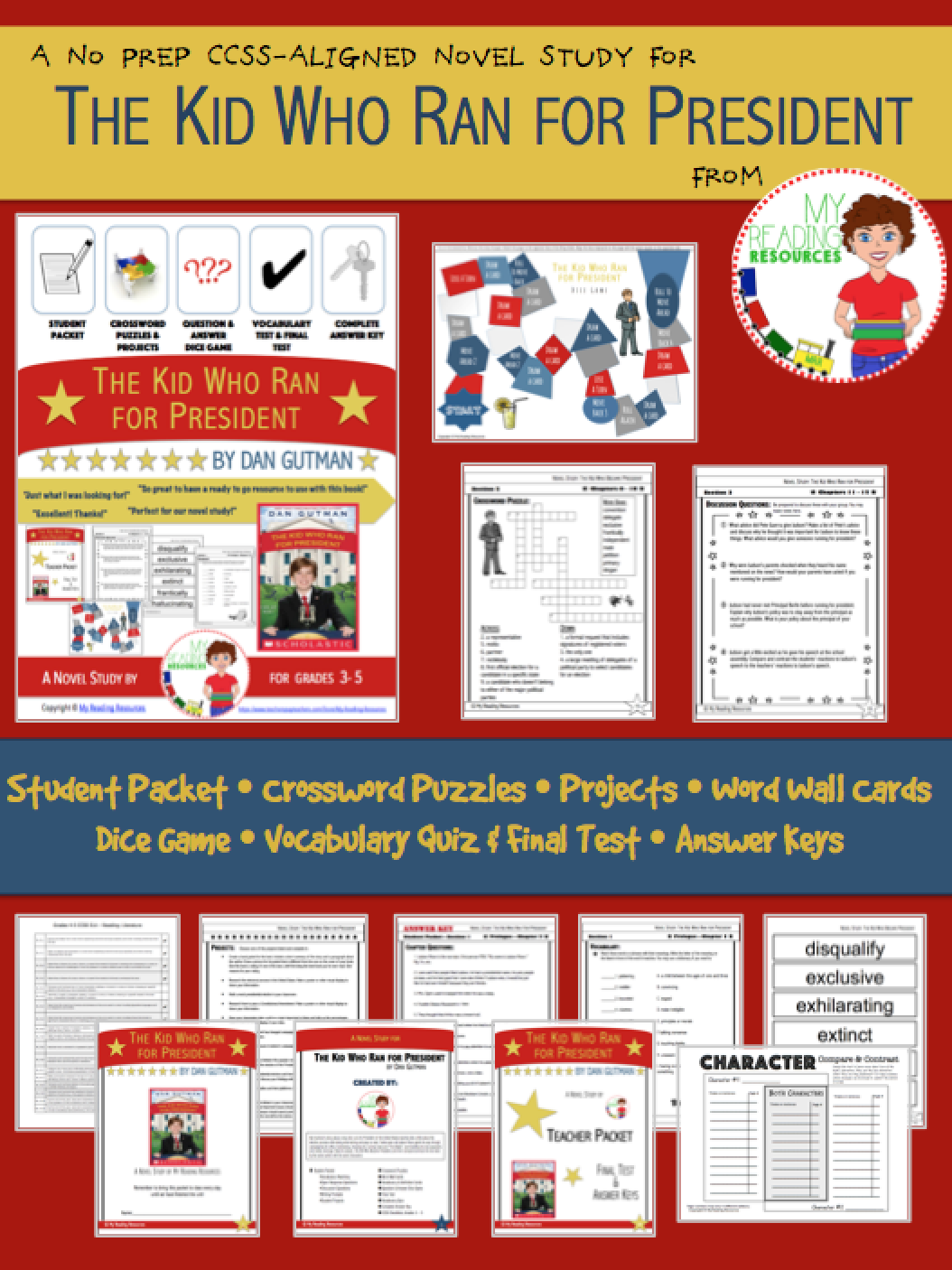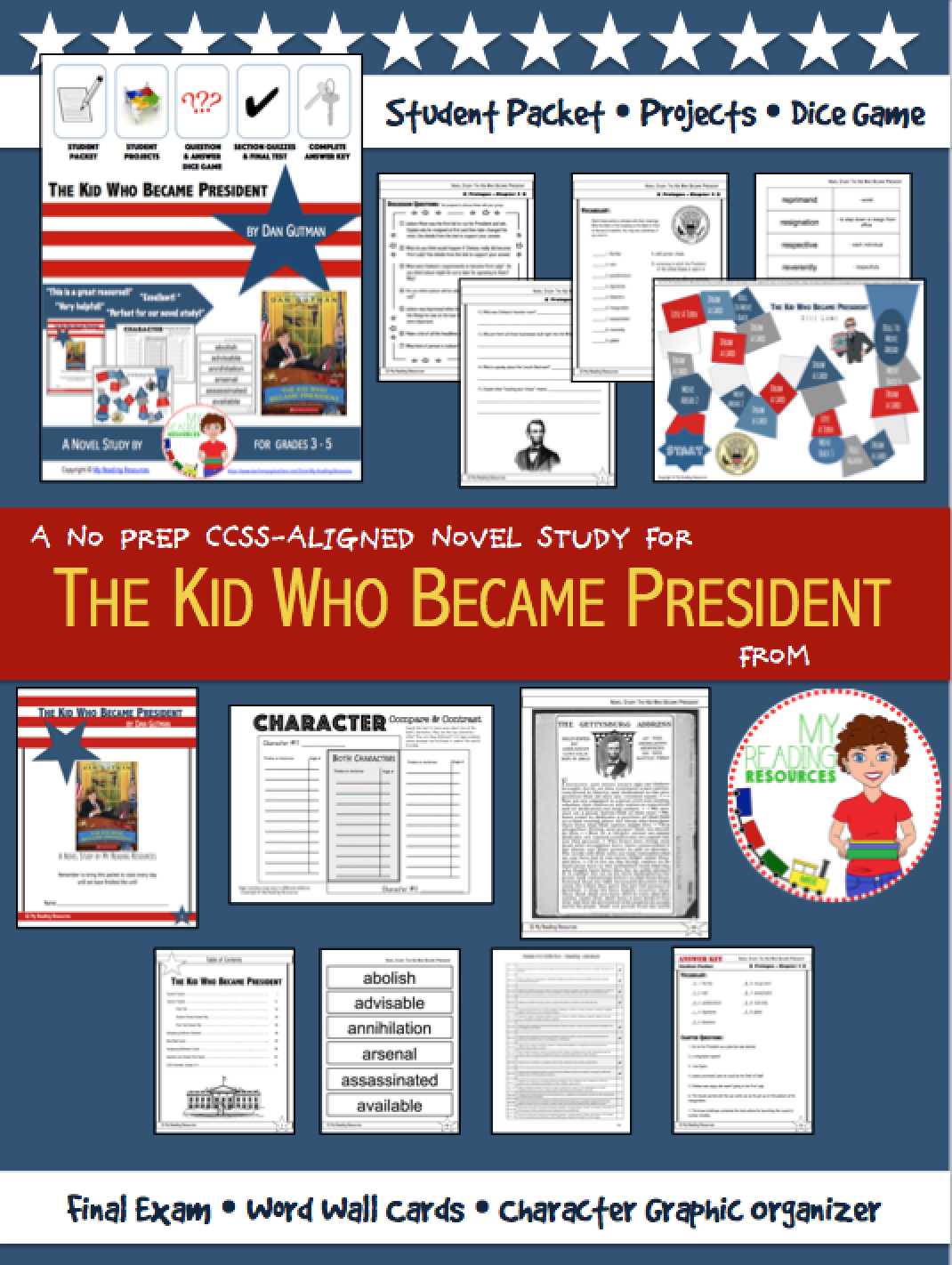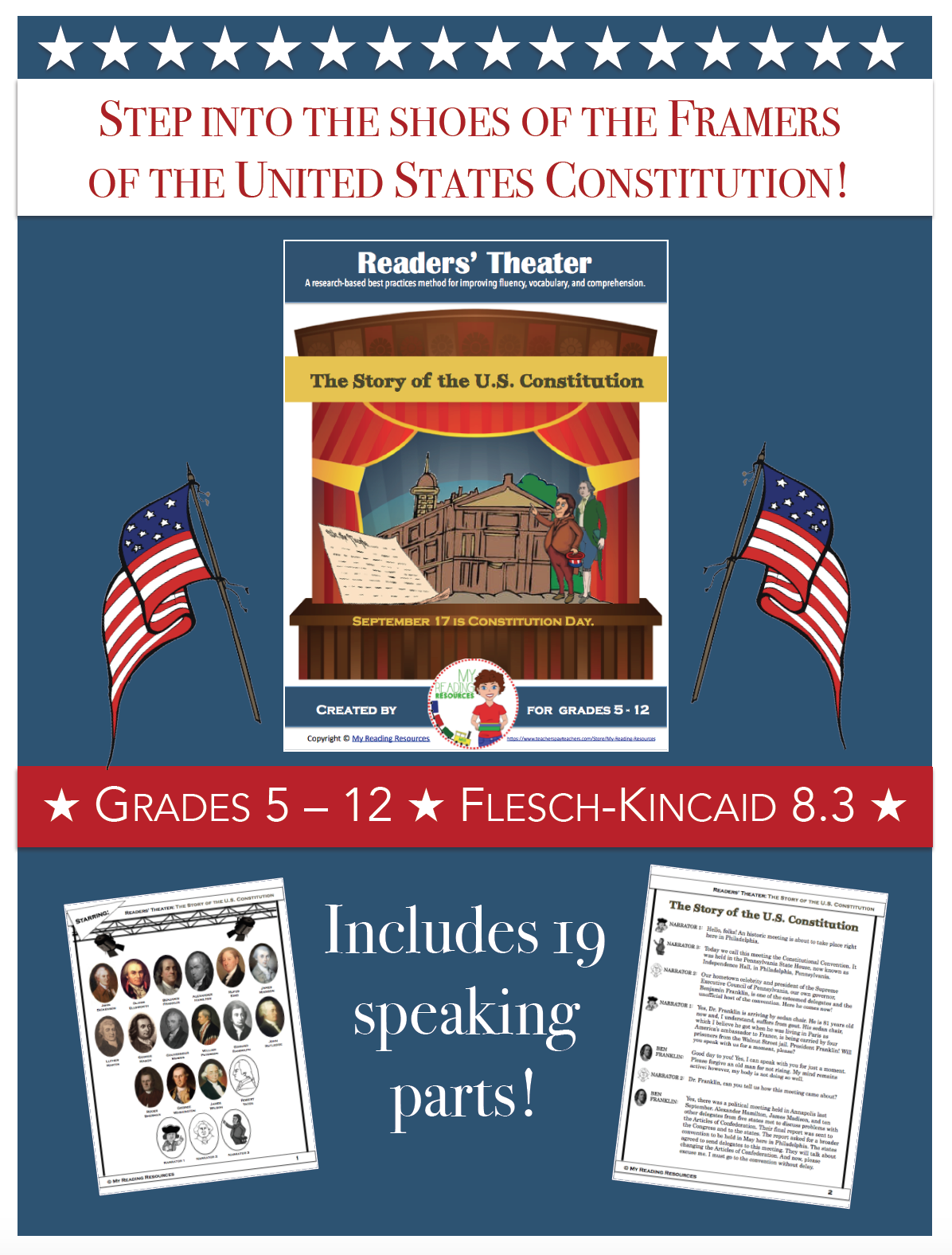It is an election year. The signs are everywhere (literally). Commercials on tv. Ads on the radio. Signs on billboards and in yards. Candidates are debating and campaigning. You can’t miss it–even if you try.
Election years provide teachers with a great opportunity to focus in on the origins, structure, and processes of the U.S. government. Students are more engaged because, during times like these, the material feels relevant–after all, the signs ARE everywhere. Opportunities abound to make real-life comparisons or to use actual examples that are playing out in real time.
Sometimes, though, the whole process just feels a bit overwhelming. It can be difficult to figure out just where to start. Can you relate? When this happens to me, I turn to literature. It’s a great way to introduce a topic, and it can help you structure your lesson plans by following along with the order in which topics are presented in the book.
Here are a couple of fun ideas for grades 3 – 5 to help you cover the election process with your students.
Students just love these two books by Dan Gutman! The story is told from the perspective of “The Kid,” a wise-cracking 12-year-old, and students feel like they are reading a story written by someone just like them. It is a fun read for kids, but Gutman does an amazing job of incorporating a solid lesson in the workings of the American political system in The Kid Who Ran for President, and the office of the president in The Kid Who Became President.
For older students, this is a really neat way to teach the history of the drafting of the U.S. Constitution.
I just love using readers’ theater scripts and this one is as much a history lesson as it is a reading exercise. This script features 19 different speaking parts and asks students to step into the shoes of the Founders of this nation and the Framers of the U.S. Constitution. This works well for a class reading, but it also make for a wonderful performance as a play for the stage.
OTHER RESOURCES FROM AROUND THE WEB:
- 5th Grade Literacy Focus Unit centered around The Kid Who Became President
- Literacy Links – questions asking students to make connections to the text and a writing prompt for The Kid Who Became President (part of the materials in this link make reference to the Foundations of Democracy series published by this group, it is available here if you are interested)
- How Should We Choose People for Positions of Authority? – Lesson plan for upper elementary students
- What Is the Federal System Created by the Constitution? – This lesson teaches students about the federal system of government created by the Framers. Students learn about popular sovereignty, federalism, and the supremacy clause of the Constitution. For grades 7-8.
- Constitution Day Scavenger Hunt with 60-Second Civics – Fifty-five delegates were present at the Constitutional Convention, which was held in Philadelphia in the summer of 1787. Most students can identify George Washington, James Madison, and maybe even Alexander Hamilton. But what about the other fifty-two delegates? Who were they? How did they influence the convention? In this lesson students will familiarize themselves with the delegates by listening to a series of 60-Second Civics podcast episodes devoted to the Framers of the Constitution. For grades 9-10.
- How Was the Constitution Used to Organize the New Government? – This lesson explains the five major accomplishments of the first Congress. Students learn how the Constitution provided a general framework for the government. For grades 9-10.
- What Is the Role of the President in the American Constitutional System? – This lesson examines sources of presidential power and ways that checks and balances limit presidential power. Students explain the president’s constitutional responsibilities, identify checks on the president’s power, and defend positions involving the exercise of presidential power.
- What Conflicting Opinions Did the Framers Have About the Completed Constitution? This lesson describes some conflicting points of view of leading Framers about the Constitution. Most of the delegates argued for the adoption of the Constitution, although many had reservations about all or parts of it. The reservations of three were so serious that they refused to sign the document. The position of one of these Framers, George Mason, is explored in detail. You also will examine Benjamin Franklin’s statement in defense of the Constitution. For grades 9-12.

To gain access to a growing number of free items exclusively for subscribers, join my mailing list for teachers in grades 3-5!




[…] in your classrooms this year. As this year is an election year, I thought you might appreciation an election-themed item. This new freebie is a question and answer dice game for Dan Gutman’s The Kid Who […]